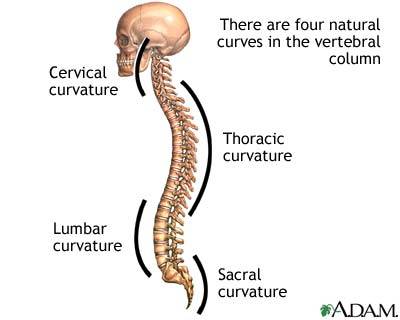If you got into a rear-end collision, take it seriously.
You may not feel pain right away, but within a day or two, you may start to feel pain in your neck and upper back, even if it wasn’t a “terrible” accident. Some people also experience headaches, stiffness, loss of range of motion, and tingling in their arms or hands. Some states require that you see a doctor within 48 hours after an accident. The quicker you seek medical care, the faster you will recover.
Get immediate medical care if:
- You are unable to think clearly.
- Your vision is blurred.
- You are dizzy and have balance problems.
- You are nauseous.
- You have pain and numbness in your arms or shoulders.
- Moving your head is painful.
- You develop a severe headache.
Get immediate medical care if:
- You are unable to think clearly.
- Your vision is blurred.
- You are dizzy and have balance problems.
- You are nauseous.
- You have pain and numbness in your arms or shoulders.
- Moving your head is painful.
- You develop a severe headache.
What Happens to your Neck and Back in a Rear-End Collision?
Your neck and back are not designed for the type of impact that comes from a forceful rear-end collision. Think about it this way. We have natural curvatures in our neck and spine. If you look at an anatomical replica of the spinal column, you can see those curvatures right away.
Your neck, when it is in healthy shape, has a slight C-shape curve. Conversely, your upper back has a mildly inverted C-shape. During a rear-end collision, your entire body, including your neck and back, are suddenly and violently, pushed forward and then just as suddenly thrown back. Thus, the term “whiplash.” That rapid back and forth movement, referred to as “hyperextension” and “hyperflexion” by a chiropractor, is damaging because, even though there is some flexibility in your neck and back, it is not enough to withstand even a mild rear-end collision.
X-rays can sometimes tell the story of what happened to your neck after an accident. Instead of that natural C-shaped cervical curve, the chiropractor will see a neck that no longer has a natural curve. It may have a slight S-shape or hardly any curvature at all.

How Is Whiplash Diagnosed?
Standard X-rays cannot always tell the full story of a whiplash injury. In many cases, there are soft tissue injuries that include damage to muscles, discs, and ligaments. Chiropractors may require patients to have CT scans or magnetic resonance imaging (MRI), as diagnostic tools to determine the type of damage that may have affected muscles, discs, or ligaments.
What Can Patients do to Heal?
Whiplash injuries often require different types of treatment. Pain medication, physical therapy, massage, and gentle exercises may help. If you’ve had a whiplash injury, gentle movement, rather than immobilization, will help speed healing. In the first 24-hours, applying ice to the injured area will help to reduce inflammation and pain.

